Traditional Dress in Vietnam: All about Vietnamese Clothing
Like other countries around the world, Vietnam has its unique traditional attire. You might have seen the iconic Ao Dai and conical hat. But there is more to discover when it comes to traditional dress in Vietnam.
Below, we will share all about Vietnamese clothing, from the common outfits of each region to the general modern clothes for day-to-day life. Keep reading to delve deeper into this interesting aspect of Vietnam’s culture.
![]() Main Feature of Vietnam Traditional Dress: Ao Dai is the Most Popular Traditional Costume
Main Feature of Vietnam Traditional Dress: Ao Dai is the Most Popular Traditional Costume
![]() The Brief History of Vietnam Traditional Dress: Mainly Influenced by the Chinese Dress
The Brief History of Vietnam Traditional Dress: Mainly Influenced by the Chinese Dress
![]() The Modern Clothes in Vietnam: What to Wear in Daily Life Nowadays?
The Modern Clothes in Vietnam: What to Wear in Daily Life Nowadays?
![]() How is the Uniform of Vietnamese Students Nowadays?
How is the Uniform of Vietnamese Students Nowadays?
![]() Can I Dress in Vietnamese Traditional Clothing While Touring Vietnam?
Can I Dress in Vietnamese Traditional Clothing While Touring Vietnam?
![]() Where to Buy Vietnam Traditional Clothing? How Much Does it Generally Cost?
Where to Buy Vietnam Traditional Clothing? How Much Does it Generally Cost?
Main Feature of Vietnam Traditional Dress: Ao Dai is the Most Popular Traditional Costume
The most widely known traditional dress in Vietnam is the “Ao Dai.” It is an elegant attire that symbolizes the country's grace and charm. Ao Dai has two main parts: the long, flowy tunic and the wide-legged bottom.
The Tunic of Ao Dais
This part covers the upper body. It contours the wearer’s curves, but it is not overly tight. It is still possible to move comfortably in it.
The tunic extends to the ankles, and there is a slit starting from the waist. There are many different collar designs. For example, there is the round neck, V-neck, square neck, and boat neck.

The “Ao Dai” is Vietnam traditional dress.
The Bottom of Ao Dais
The bottom is worn beneath the tunic. Its legs are wide and flow freely, contrasting the fitted form of the tunic. The bottom is always in plain colors.
Ao Dais are made from a variety of materials, such as silk, lace, cotton, linen, etc. The specific material used depends on when and where the Ao Dai is worn. For example, silk Ao Dais are typically for special events like weddings, while cotton versions are for daily wear.
Ao Dais are also available in many colors. They can have a traditional palette with white, white, black, and red. Or they can be in more modern variations with pastels or gradients.
A crucial part of Ao Dais is the embellishments, usually in the form of intricate embroidery. The patterns are often around the end of the tunic or on the collar. Sometimes, they adorn the cuffs, too. These embellishments highlight the beauty of the garment.
Ao Dais have been around for a long time, but it still remains a popular choice for Vietnamese people.
You can choose a tribe homestay tour to meet people in Vietnam clothing closely:
Vietnam Traditional Dress Varies in Different Regions from North to South, Especially for the Highlands
Features of Traditional Clothes in the Northern Region:
Men in the north of Vietnam wear Ao Gam, which is essentially a long robe-like tunic over loose pants. It is the attire of choice for formal occasions and cultural events.
For women, the traditional garment is Ao Tu Than. This includes an inner tunic called Ao Yem and an outer covering with four flaps. In the past, women wore Ao Tu Than as everyday clothing. However, today, it is only worn during festivals or traditional theatrical performances.
Learn more about best time to visit north Vietnam.

Men in the north of Vietnam Clothing.
Features of Traditional Clothes in the Central Region:
Ao Dai is the traditional attire for those in central Vietnam. It is often worn with a conical hat. The design of the Ao Dai varies across cities in the region, with the purple Ao Dai from Hue being a prominent example.
It is usually made of glossy silk and embroidered with detailed designs. Ai Dais, nowadays, may also feature mesh, glitter, and embossed patterns.
Features of Traditional Clothes in the Southern Region:
Men and women in southern Vietnam wear Ao Ba Ba, which includes a collarless shirt and a pair of loose-fitting pants.

Men and women in southern Vietnam wear Ao Ba Ba.
The back of the shirt is made from a single piece of cloth, while the front consists of two pieces. In the middle, there are two long rows of buttons running from the top down. The shirt is fitted at the waist, and the hem is slightly split on both sides.
The pants are black, but the shirt is available in many colors. Yellow, pink, and purple are popular for younger women, while brown and black are typically chosen by older women and men.
Ao Ba Ba’s loose top and bottom combination is meant to ensure ease of movement. The fabric used varies but is always lightweight and breathable so that the attire is still comfortable in the region’s hot and humid weather.
Here is a recommended Vietnam tour to view the North Vietnam:
Features of Traditional Clothes in the Highlands of Vietnam:
Ao Cham is the typical attire of Vietnamese people in the mountainous regions. It is made from handwoven, dyed fabric without added patterns or designs. Fun fact: Its name comes from the "Cham” tree, which is used to dye the fabric.
But the highland regions of Vietnam are home to many different ethnic minority groups. Each has traditional clothes that show their culture and lifestyle.
Here are some for your reference:
● The Muong People: Men wear wide pants and split-front shirts with round collars. They also wrap a piece of cloth around the waist. Women wear long skirts that reach their ankles along with long-sleeved shirts featuring intricately woven patterns on the waistbands.
● The Ba Na People: Ba Na men’s attire includes a round-neck pullover shirt and a T-shaped loincloth. Ba Na women also wear pullover shirts, but these are paired with a long skirt.
● The Cham People: Cham men wear a diagonally folded wrap-around shirt with a tied cord over a loincloth, while women usually have button-up round-collar shirts and pleated or fitted skirts.
Most feature colorful woven textiles, beaded decorations, and unique motifs. They are usually also complemented by accessories like headscarves and belts.

The Muong People of Vietnam Clothing.
The Brief History of Vietnam Traditional Dress: Mainly Influenced by the Chinese Dress
The history of Vietnam's traditional dress, particularly the Ao Dai, has been influenced by a variety of factors. Here is a brief overview:
● Chinese Influence: Vietnam's history has been marked by periods of Chinese domination and cultural exchange. So, the impact of Chinese dress can be seen in early Vietnamese clothing. For example, loose-fitting tunics and pants resemble the Chinese attire – Hanfu.
● Tran Dynasty: During the Tran Dynasty, there was a shift towards more distinct Vietnamese clothing. Men wore trousers and buttoned shirts, while women wore long skirts and cross-collared blouses.
● Nguyen Dynasty: The Nguyen Dynasty saw the birth of the contemporary Ao Dai. It featured a tight tunic with a collar and flowy trousers.
● Modernization & Western Influence: At the start of the 20th century, Vietnam modernized and interacted with the West, so the people's clothing styles were affected. For instance, Ao Dais’ are now shorter and made of unconventional materials like velvet, adapting to new trends.
● 1940s-1950s: During this time, the Ao Dai became a symbol of cultural identity and was made popular by celebrities as well as the general population.
● 1960s-1970s: Vietnamese people continued to wear Ao Dai, but its style changed to accommodate their daily needs. It was frequently paired with trousers, so activities like cycling would be easier.
● Revival & Reinterpretation: In recent years, interest in the traditional Ao Dai has resurfaced. Designers are continually introducing new variations as they play around with different materials, colors, and cuts.
While the early Vietnamese clothing styles were influenced by Chinese attire, they have evolved through history and developed their own distinct identity.

The history of Vietnam's traditional dress mainly influenced by the Chinese Dress.
The Modern Clothes in Vietnam: What to Wear in Daily Life Nowadays?
There are many choices for daily wear. If you visit Vietnam, you might find people with:
● Casual Wear: These include T-shirts, jeans, shorts, and skirts. Hoodies are also common, though they are mostly worn by the youth. Sneakers and boots are typical, too.
● Office Wear: You will see a lot of these in urban areas and workplaces. In general, men wear dress shirts, trousers, and dress shoes, while women tend to go with blouses, skirts, or pantsuits.
● Street Wear: The youth like to embrace street fashion trends, like athleisure wear and oversized clothing. They also accessorize with items such as caps and sunglasses.
● Ethnic Clothing: In the countryside, ethnic minorities will still wear their traditional attire. But there is no single type. It varies in style and design across different regions.
How is the Uniform of Vietnamese Students Nowadays?
Most Vietnamese students wear a white shirt with a simple mandarin collar and dark blue or black pants or skirts.
However, some schools use different shades of blue or incorporate other colors. Some may have pockets and badges as well. Students also wear a red scarf, which is tied into a bow.
On special school days, like orientation, female students will wear white Ao Dais.

Uniform of Vietnamese students nowadays.
Can I Dress in Vietnamese Traditional Clothing While Touring Vietnam?
Definitely! The locals will appreciate your effort to engage with the culture as long as you do so respectfully.
Traditional Vietnamese clothing will be different from what you are used to, so do not forget to think about factors like weather and comfort. Make sure that the clothing is suitable for your planned activities.
It is a great idea to wear traditional Vietnamese attire for photographs during your trip. They can be excellent keepsakes! Just be mindful of any cultural sensitivities.
You can immerse in a special Vietnam tour from Saigon to Hanoi with Ao Dai experience:
Where to Buy Vietnam Traditional Clothing? How Much Does it Generally Cost?
You can buy Vietnamese traditional clothing from:
● Local Markets: Local markets in cities and towns throughout the country have stalls or shops selling traditional clothing. Prices depend on the quality of the fabric, craftsmanship, and location. You might find lower-priced options from around 300,000 to 500,000 VND, while higher-quality pieces can range from 1,000,000 to 3,000,000 VND or more.
● Tailor Shops: Many places offer tailor-made clothing that can be fitted to your measurements. The prices vary based on the fabric, design, and complexity. But you can expect to pay at least 1,000,000 for a well-made outfit.
● Tourist Areas: In popular tourist areas, many boutiques exist specifically for tourists seeking traditional clothing. But their prices are typically high, starting from 700,000 VND.
● Cultural & Craft Villages: If you have the opportunity to visit traditional villages, you can find handcrafted clothing. Prices will be based on the craftsmanship and materials used. Touristy villages tend to charge hiked prices and vice versa.
Learn more Vietnam tips: 26 Useful Vietnam Travel Tips You Have to Know before a Vietnam Tour

Vietnamese traditional clothing market.
Conclusion
Now, you know all about traditional dress in Vietnam. The most iconic attire is Ao Dai. But there is also the Ao Tu Than and Ao Ba Ba.
When visiting Vietnam, you can consider buying traditional outfits to take photos of yourself in them and show your appreciation for the country’s culture. With an Ao Dai, Ao Tu Than, or Ao Ba Ba, you can also bring a piece of Vietnam back home.
Get Vietnamese clothing as souvenirs from local markets, tailor shops, tourist areas, or craft villages. These can make the perfect mementos for your Vietnam journey!
More about Vietnam Guide
More Vietnam Tour Packages
-
 3 Days Ho Chi Minh City Tour
3 Days Ho Chi Minh City TourHo Chi Minh City
With the 3 days Ho Chi Minh City tour, you will have ample opportunity to enjoy the best of Ho Chi Minh City and what makes ...
-

 3 Days Sapa Discovery Tour
3 Days Sapa Discovery TourHanoi – Sapa – Hanoi
This 3-day tour takes you from Hanoi to Sapa, offering a mix of cultural and natural experiences. Firstly, explore Hanoi ...
-

 4 Days Hanoi Tour with Halong Bay Cruise
4 Days Hanoi Tour with Halong Bay CruiseHanoi - Halong Bay Cruise - Hanoi
This 4-day classic tour begins in Hanoi, where you'll visit top attractions like the Ho Chi Minh Mausoleum and Temple of ...
-
 14 Days Vietnam Discovery Tour from North to South
14 Days Vietnam Discovery Tour from North to SouthHanoi - Sapa - Hanoi - Halong Bay Cruise - Hoi An - Saigon - Vinh Long - Can Tho - Saigon
With this 14 days tour, you will get a chance to discover more of Vietnam's splendid culture, beautiful scenery, charming ...
Ask Us A Question For Free

.gif)














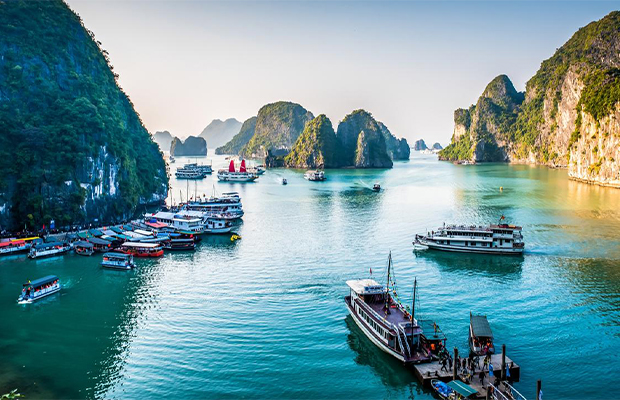
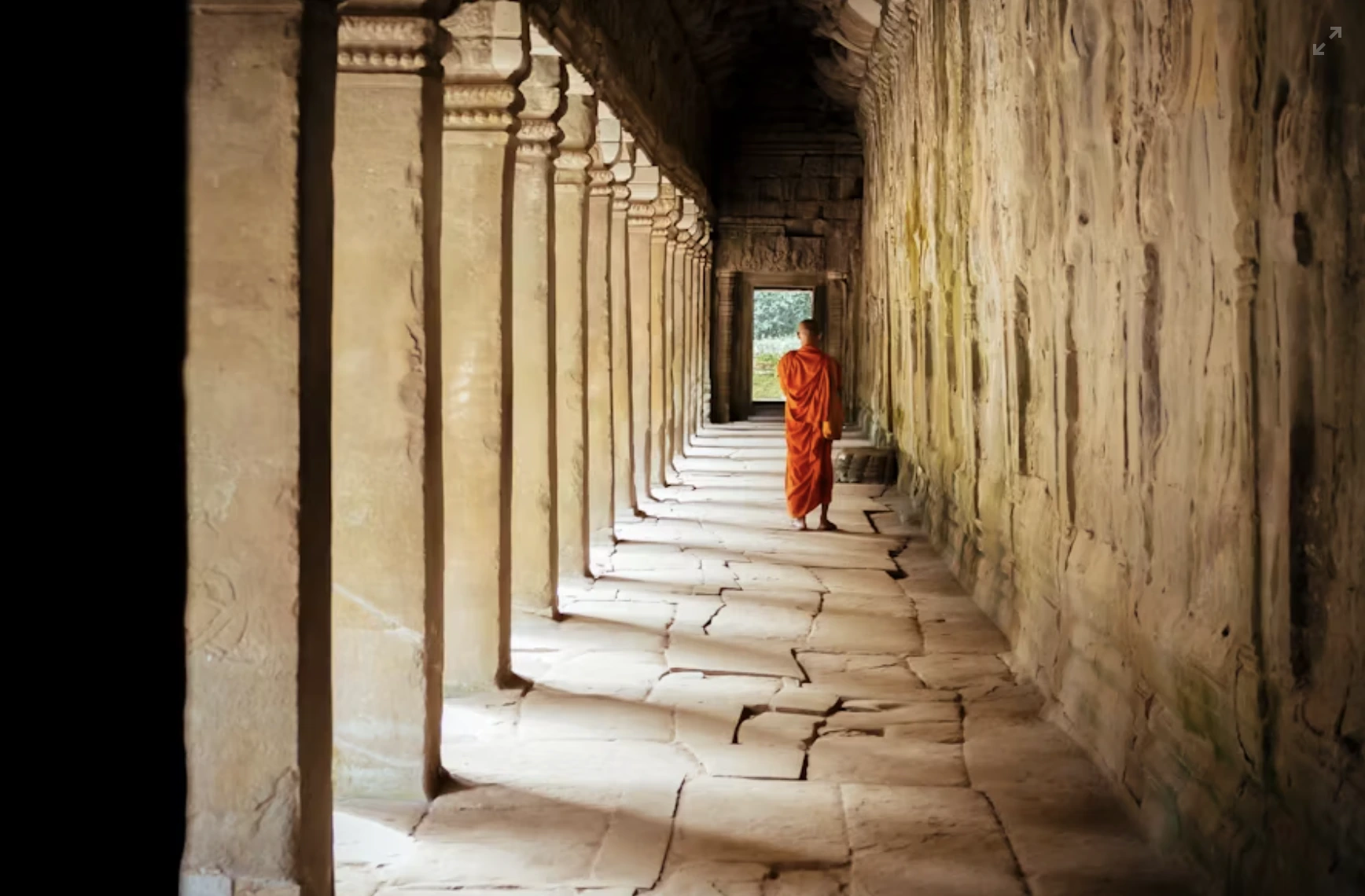
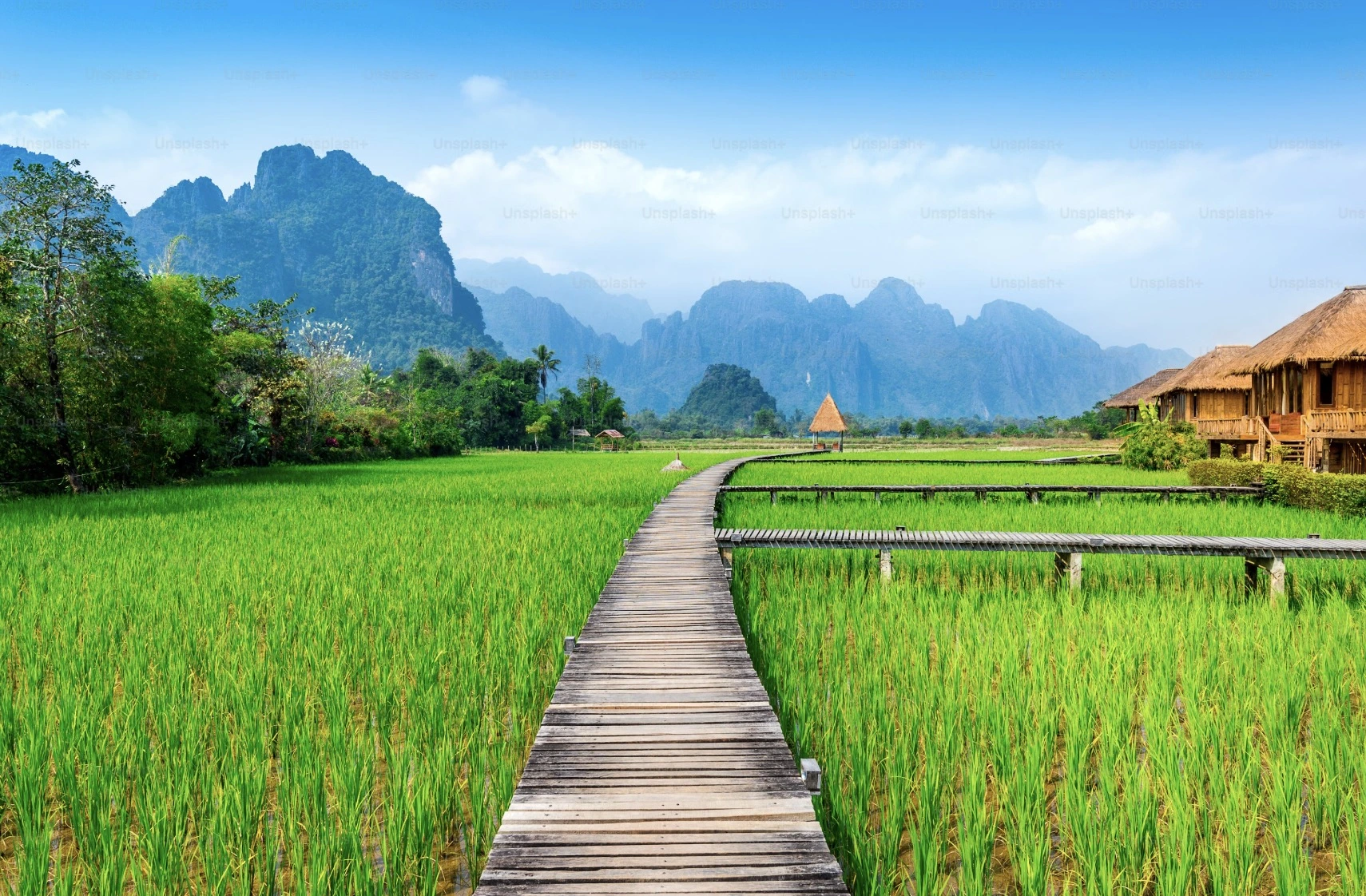
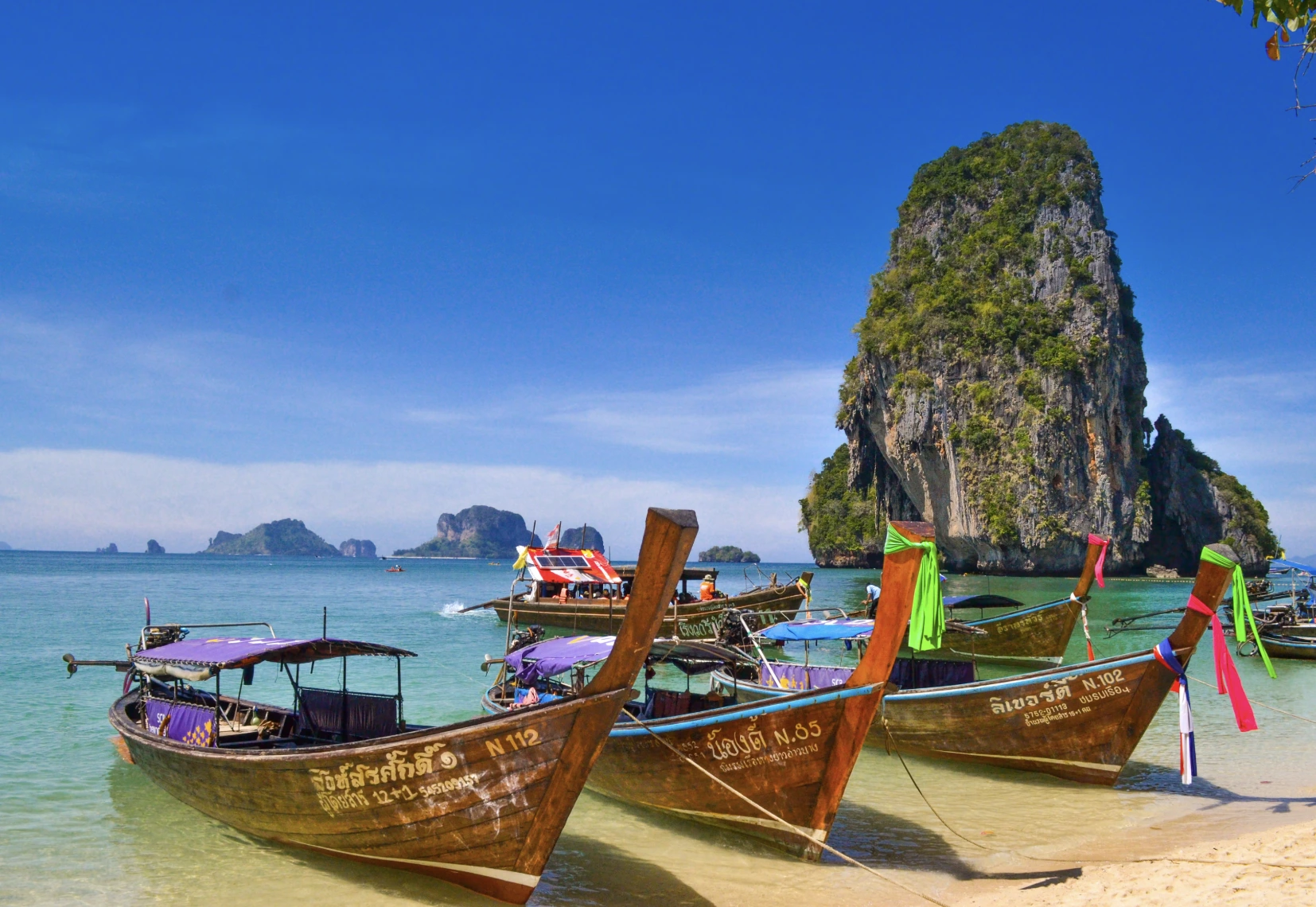
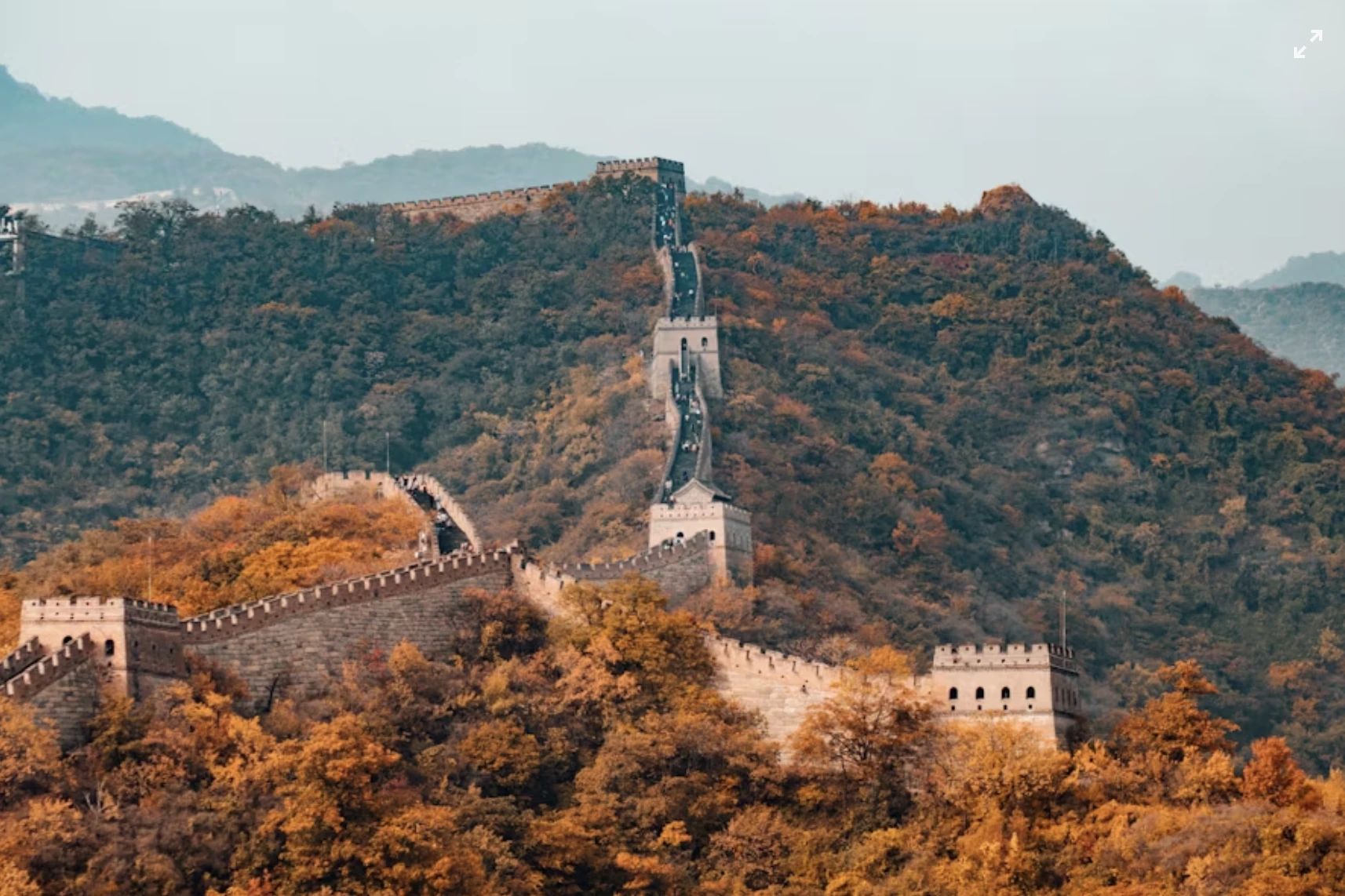


















.jpg)

